How Solar Panels Can Extend the Life of Your Roof
Many homeowners invest in solar panels to save money on electricity, but did you know they can also help extend the lifespan of your roof? When installed correctly, solar panels serve as a protective barrier, shielding your roof from harsh weather conditions, UV rays, and temperature fluctuations.
Let’s explore how solar panels can contribute to the longevity of your roof and what steps you should take to prepare for installation.
Shielding from the Elements
Your roof takes the brunt of nature’s elements—rain, hail, snow, and intense sunlight. Over time, these forces wear down roofing materials, leading to cracks, leaks, and eventual replacement. Solar panels act as a protective shield, covering portions of your roof and reducing its direct exposure to harsh weather. This extra layer of protection helps slow down wear and tear, preserving the integrity of the roofing materials underneath.
Reduced UV Damage
One of the leading causes of roof deterioration is prolonged exposure to ultraviolet (UV) radiation from the sun. UV rays dry out roofing materials, causing shingles to become brittle, crack, and lose their protective granules. Solar panels absorb sunlight that would otherwise hit your shingles directly, significantly reducing UV damage. As a result, the lifespan of your roof increases, potentially delaying costly repairs or replacements.
Protection from Weather Extremes
Severe weather events can wreak havoc on roofs. High winds can lift shingles, hail can create dents, and ice buildup can lead to water damage. Since solar panels are designed to withstand extreme conditions, they provide an added layer of defense against these threats. When hail or debris falls, solar panels take the initial impact, reducing the likelihood of roof damage underneath.
Cooling Effect on Your Roof
Heat exposure accelerates roof degradation. On hot summer days, roofing materials expand under extreme temperatures and contract at night, leading to cracks over time. Solar panels create a gap between the roof and the panels themselves, allowing air to circulate. This airflow helps cool down the roof by an average of 5 degrees, reducing temperature-related wear and enhancing energy efficiency inside the home. By keeping your roof cooler, solar panels also help maintain its structural integrity longer.
Proper Installation Prevents Damage
Some homeowners worry that installing solar panels may harm their roof. However, when performed by a qualified professional, solar panel installation does not damage the roofing structure. Modern mounting systems use durable lag bolts that anchor securely into the roof’s structure. These bolts are then sealed with moisture-resistant flashing to prevent leaks. By using proper sealing techniques, solar panels remain securely in place while maintaining the roof’s integrity.
Ensuring Your Roof is Ready for Solar
Before installing solar panels, it’s crucial to ensure that your roof is in good condition. If your roof is near the end of its lifespan or has existing damage, it may be best to repair or replace it before installing solar panels. A professional roof inspection can help determine if your roof is structurally sound for solar panel installation.
Long-Term Savings & Roof Protection
With solar panels, you’re not just generating clean energy—you’re also investing in the longevity of your home. By shielding your roof from environmental stressors, reducing UV exposure, and improving insulation, solar panels offer a dual benefit of energy savings and extended roof life.
If you're considering solar, now is the time to act. Make sure your roof is ready, work with certified installers, and enjoy the long-term benefits of both solar energy and a protected, longer-lasting roof. Give us a call at 636-757-3083 or check out another one of our blogs about preparing for severe storms!
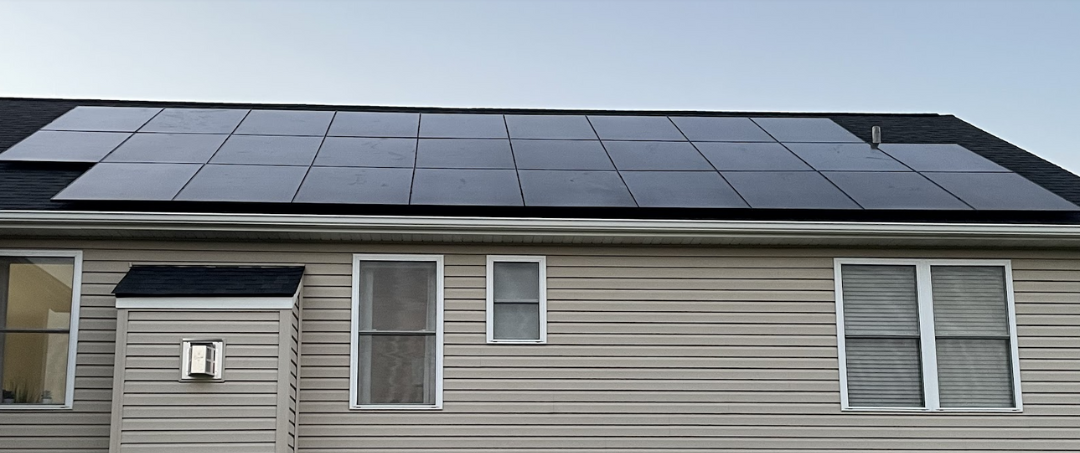
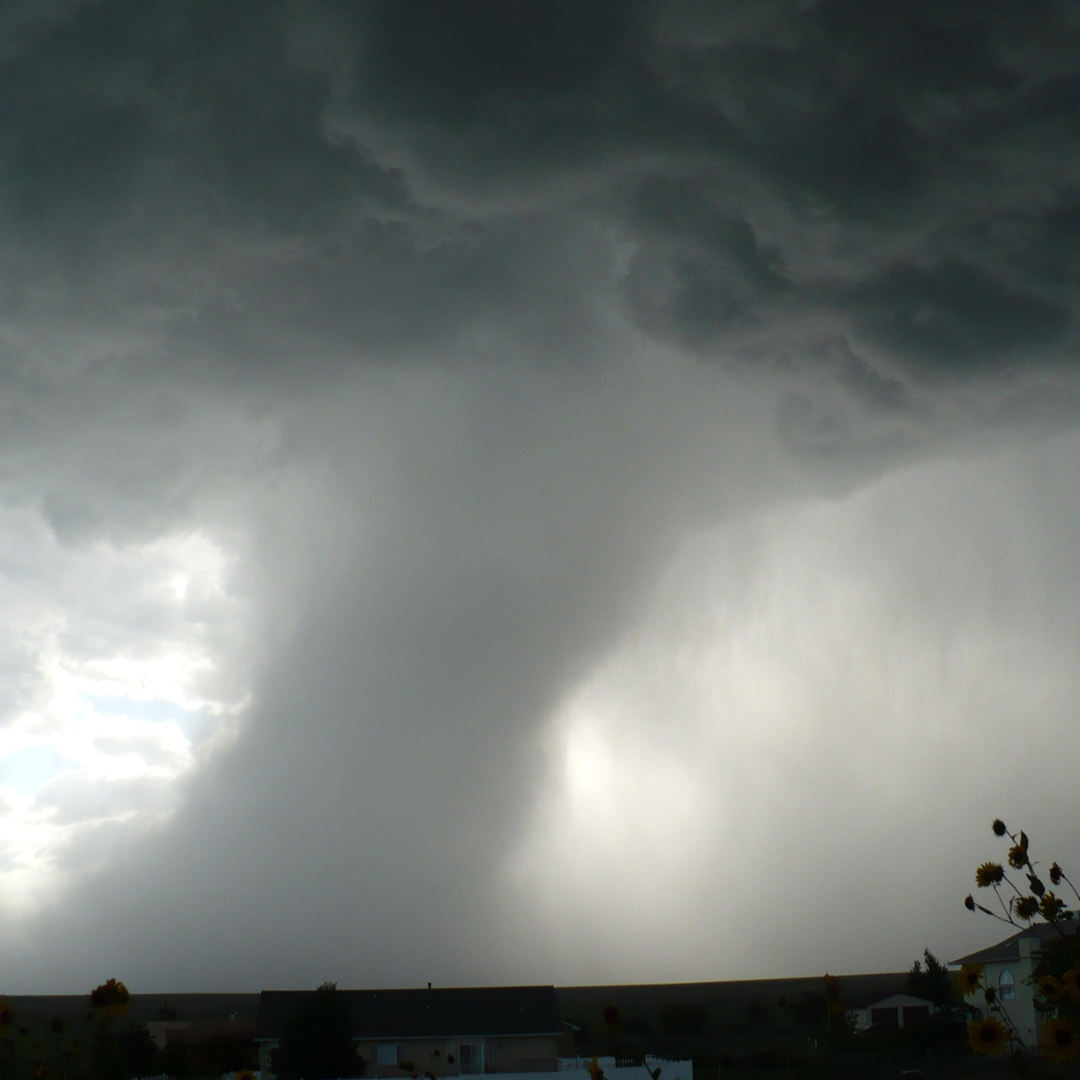
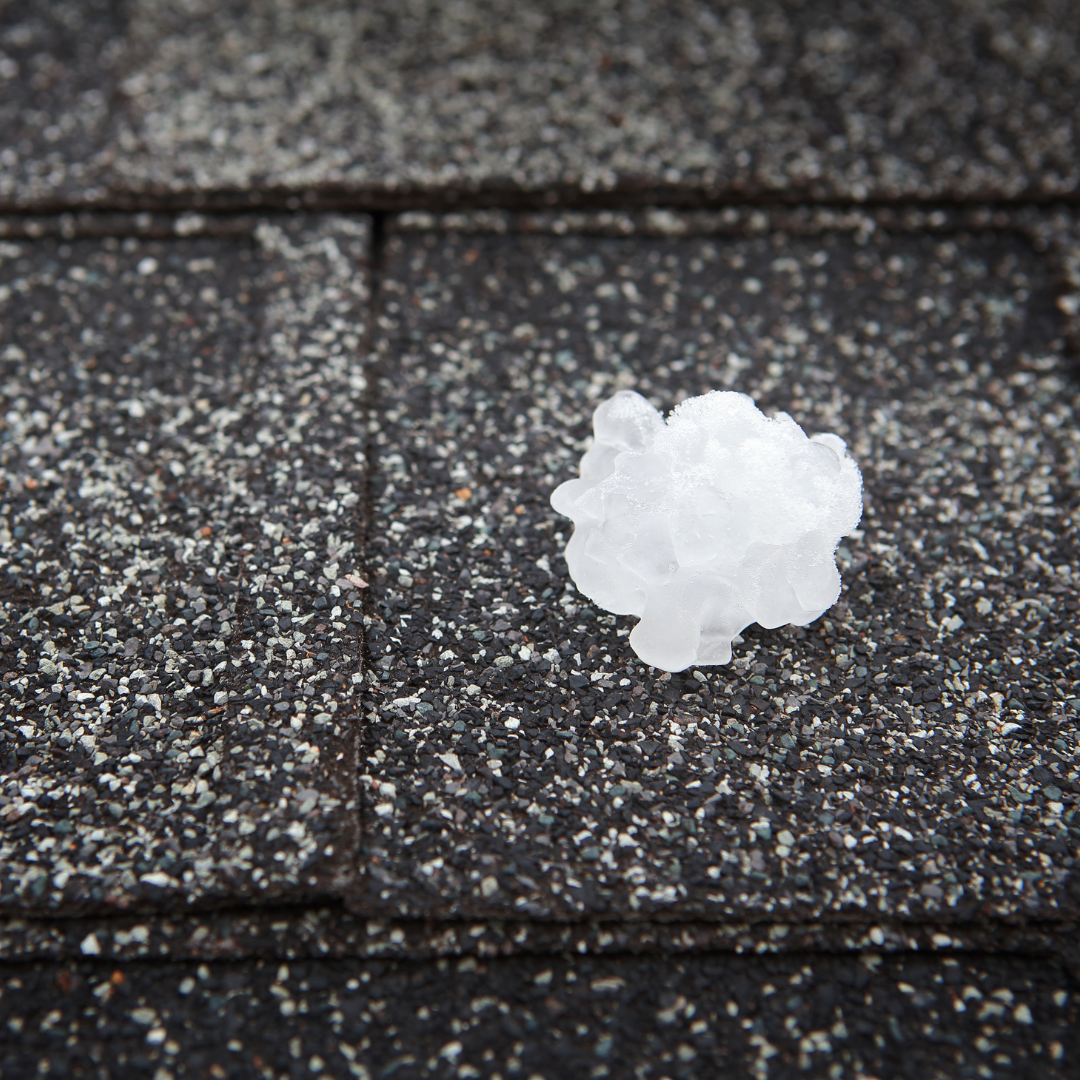
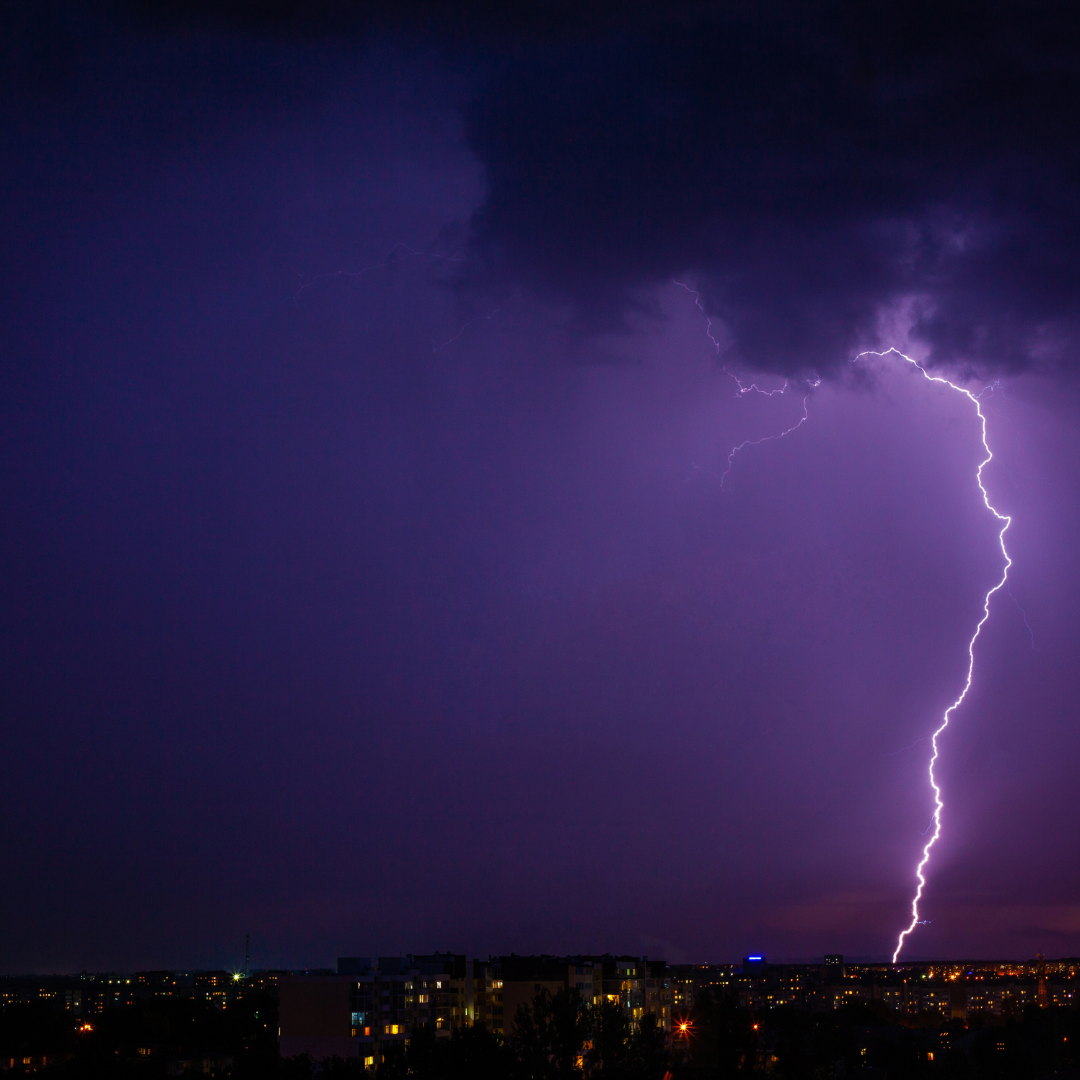


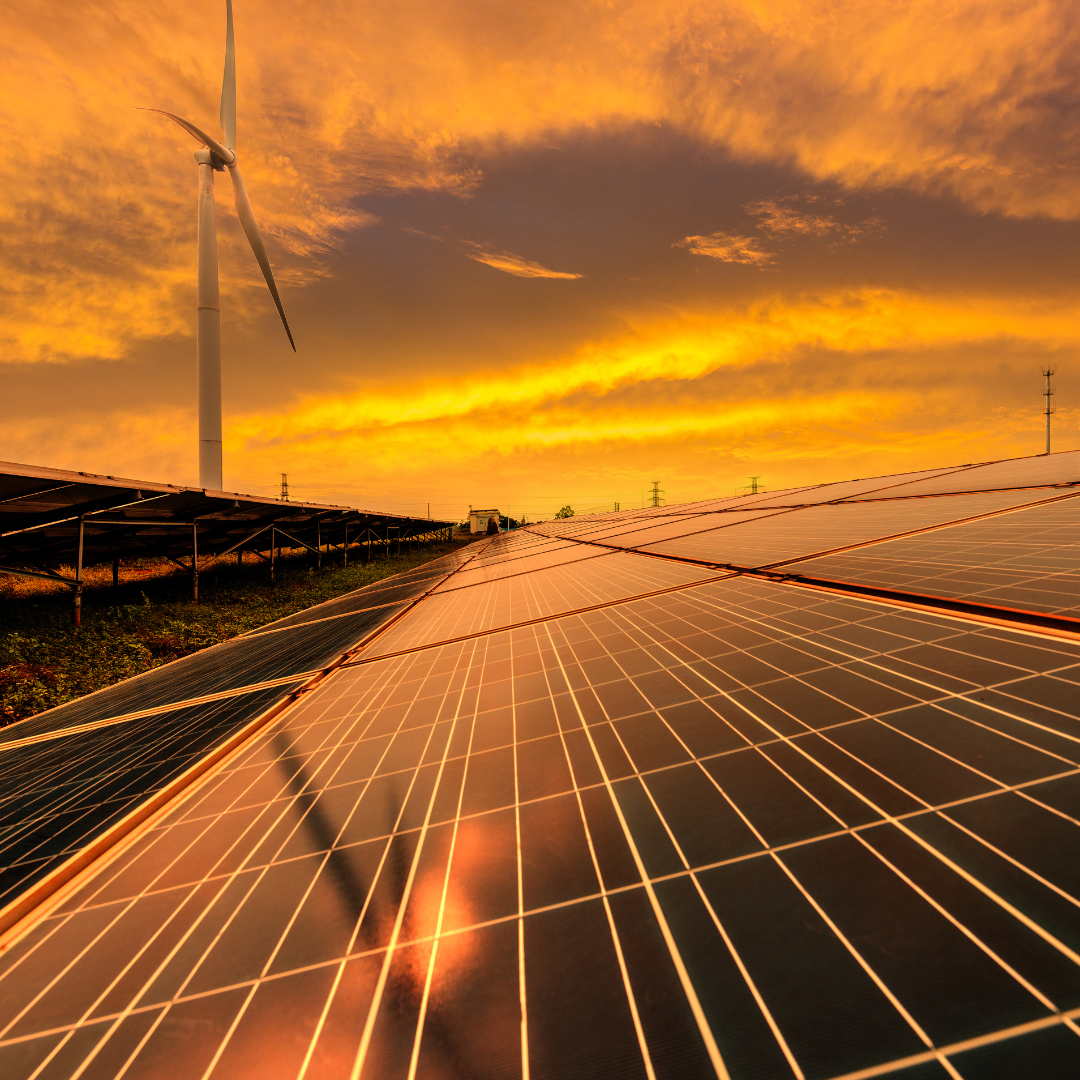

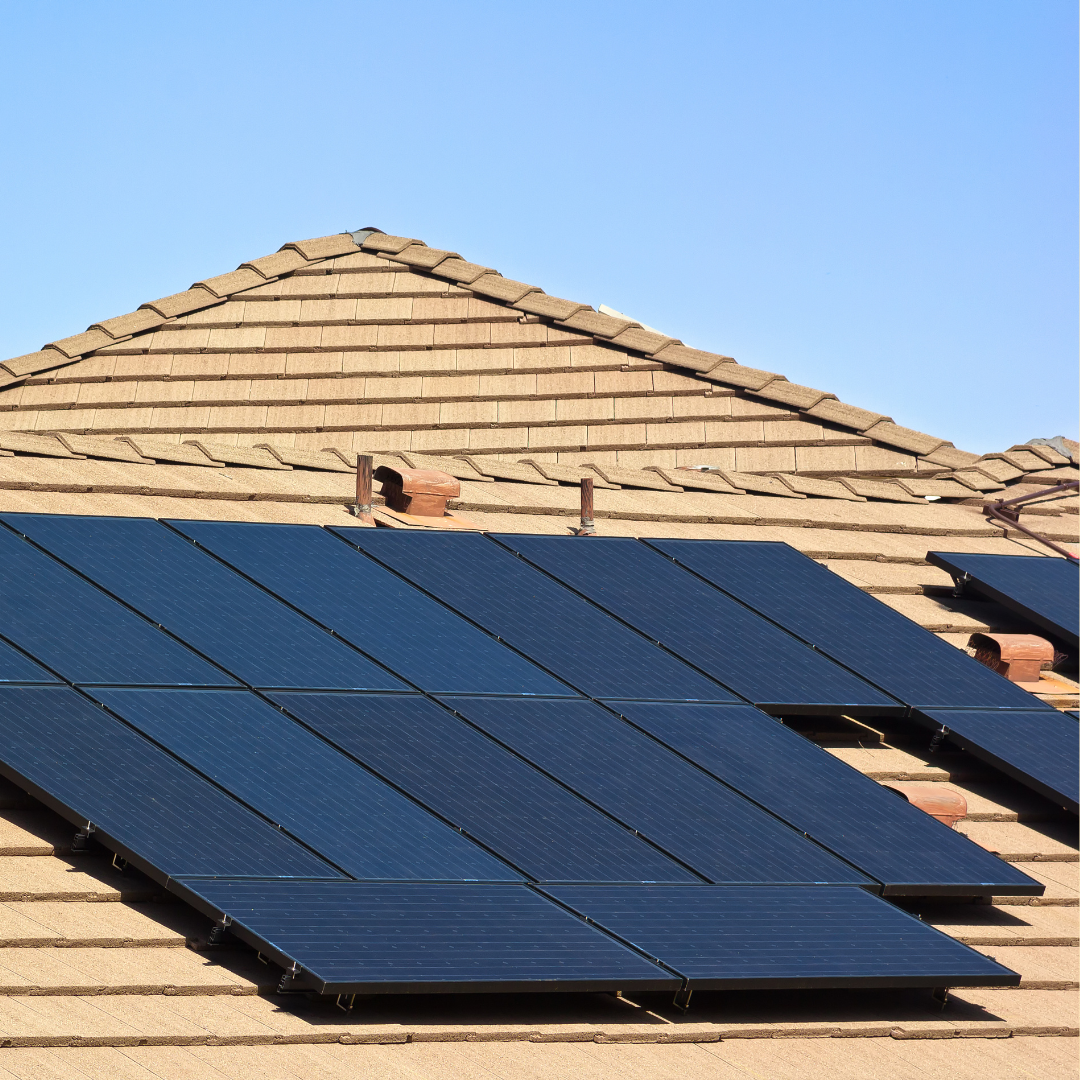


Quick Links
Contact Us
Southern Indiana
812-706-2237
Kansas City
816-548-1652
Newsletter
Contact Us
Thank you for subscribing to our newsletter! Stay tuned for the latest updates, insights, and tips on how you can make the most of your solar journey.
Please try again later.
Location Map
© Copyright 2024 | All Rights Reserved | Sunsent Solar
